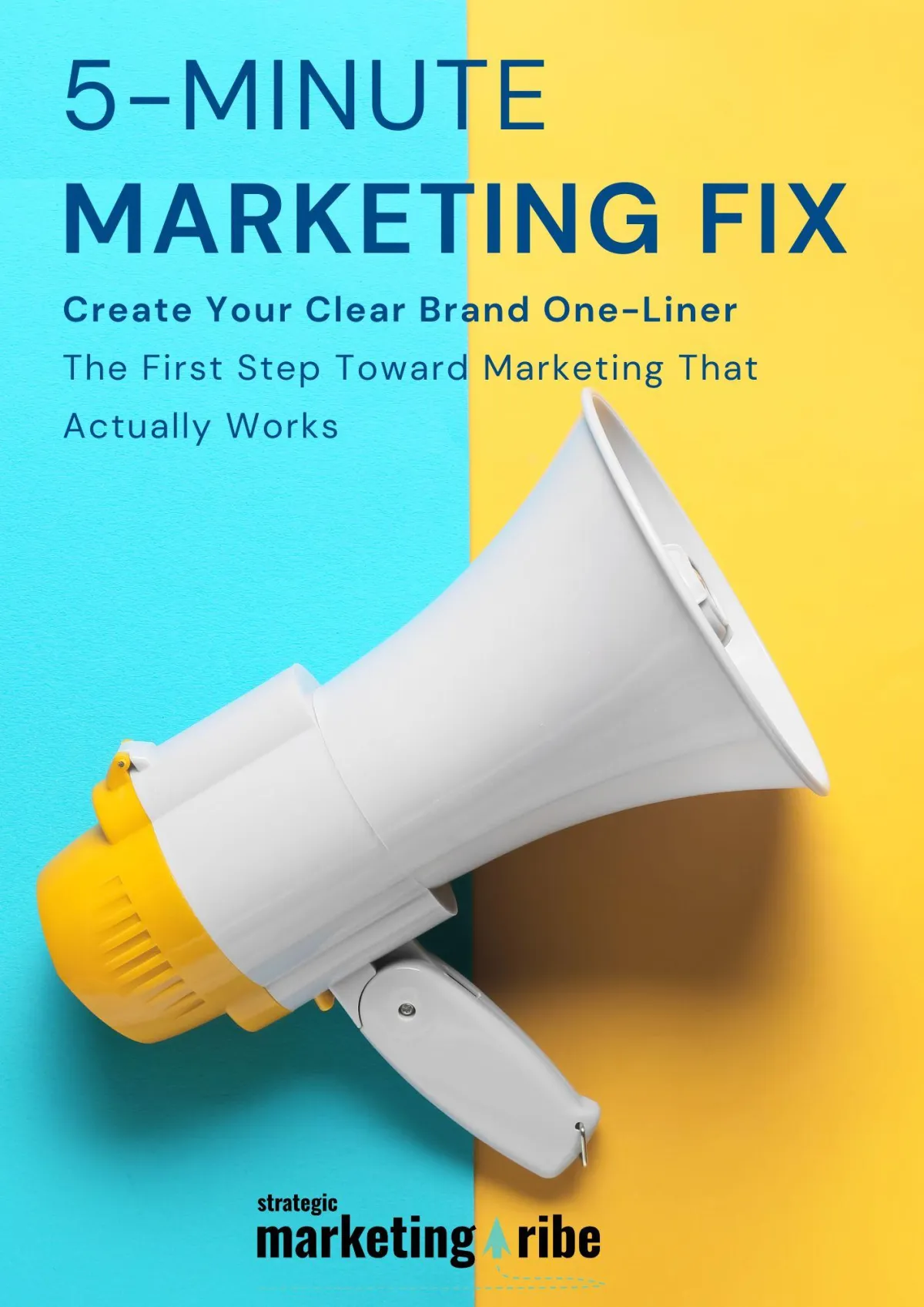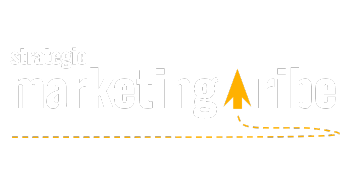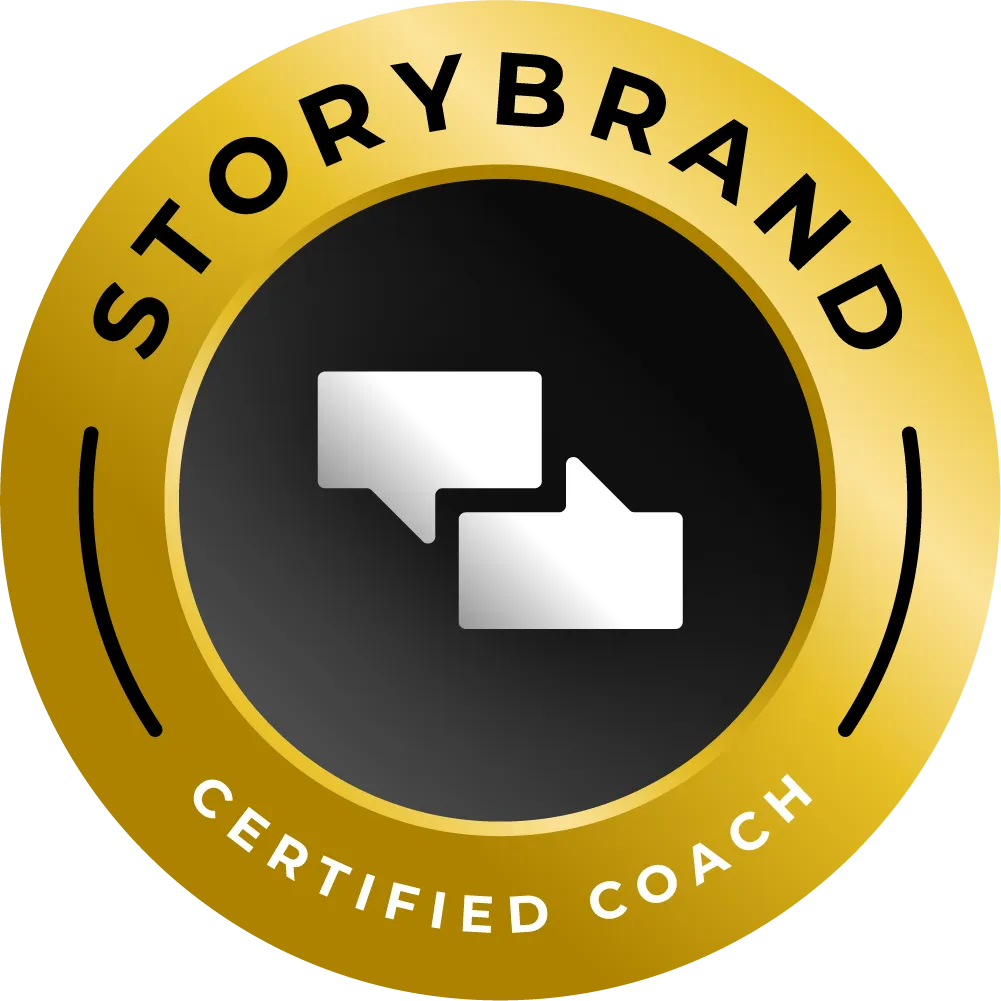NEWS, MEET STRATEGY
Real news, real insights – for small businesses who want to understand what’s happening and why it matters.

AI Subscriptions Are Too Expensive—Here’s What To Do
By Vicky Sidler | Published 15 October 2025 at 12:00 GMT+2
If you’ve ever opened your AI subscription settings and thought, “Wait, why am I paying more than Netflix, Spotify, and gym fees combined?”—you’re not imagining it.
According to Intelligent Living, the average cost of a premium AI subscription has ballooned past $200 a month. And that’s just for one tool. Want ChatGPT Pro, Claude Max, and Gemini Ultra? Better cancel your family holiday. Or your food budget.
This price hike isn’t just annoying. It’s quietly creating a new kind of digital divide. One where power users feast and the rest of us get stuck with a chatbot that forgets what you said two messages ago.
TL;DR:
Premium AI subscriptions often cost $200 or more
Most small business owners only use a fraction of what they’re paying for
Pricing is often driven by strategy, not cost
Aggregator platforms offer cheaper access to the same models
Digital inequality is real, but there are ways around it
👉 Need help getting your message right? Download the 5-Minute Marketing Fix
Table of Contents:
AI Subscriptions Are Too Expensive—Here’s What To Do
Who’s Paying These Prices (And Why?):
AI Was Supposed to Be Cheap. What Happened?
Wait, Is It Really That Expensive to Run These Tools?
What If You Don’t Want to Spend That Much?
So What Should Small Business Owners Do?
Frequently Asked Questions About AI Subscription Costs
1. Why are premium AI tools so expensive?
2. Is AI really cheaper than hiring a human?
3. What are AI aggregator platforms?
4. What’s the catch with using AI aggregators?
5. Will AI subscriptions get cheaper in the future?
6. How should small businesses decide what to pay for?
7. Can AI really replace employees?
8. How can I get started with clear messaging before using AI?
Who’s Paying These Prices (And Why?):
AI’s not just for tech bros and crypto dads anymore. But they’re still driving the pricing strategy.
There are two types of people shelling out for the ultra-premium plans:
Early adopters with money to burn. These folks want bragging rights, not just tools.
Productivity pros who treat AI like a virtual employee. Investment bankers use AI to crunch market data. Developers run code reviews through Claude like it’s free coffee.
The result? A small group of power users sets the standard—and the rest of us are expected to keep up.
AI Was Supposed to Be Cheap. What Happened?
One of the big promises of AI was that it would be affordable. A clever little robot assistant that could write your emails, summarise your meetings, and maybe even replace some of your team.
But that dream is getting pricey.
Worse—subscription costs aren’t dropping. They’re rising. OpenAI’s “Pro” tier alone sits at $200 for many users. Google’s Ultra plan is $250. That’s not replacing staff. That’s hiring a very expensive intern who never takes a break but also sometimes just makes stuff up.
Actually, scratch that. Sometimes the intern does take a break. Unannounced. One minute it’s answering your client brief, next minute there’s a global outage and everyone’s freaking out on social media about it. At least humans usually let you know when they’re not coming to work.
Now, if you’re using AI to replace actual people in your business, it’s worth asking: were those employees actually just doing a bad job that they can be so easily replaced by AI? Or are you just hoping AI will work 10 times harder than someone who actually knows your clients, your brand, and your weird internal processes?
AI is truly remarkable as a predictive text engine. It can suggest ideas, speed things up, and help you get unstuck. But it’s still wishing it could compete with a competent human.
This is not an anti-AI rant. I use AI every day. But saying AI can replace a marketer, strategist, or writer is like saying an e-bike can replace your car.
Do e-bikes have benefits? Sure. They’re cheaper, faster in traffic, and easy to maintain. But your car is still safer, carries more people, hauls groceries, drives long distances, and lasts longer when looked after. Hell, my car can even carry an e-bike in the boot.
That’s the level we’re dealing with. AI is a great tool. It’s not a full replacement for humans. And certainly not at those prices.
Wait, Is It Really That Expensive to Run These Tools?
Running advanced AI models does take serious computing power. But here’s where it gets murky.
When asked about actual costs, most AI companies get strangely quiet. They point to “value” and “market shifts,” which is usually code for “we can charge this, so we do.”
OpenAI’s CEO Sam Altman once admitted he personally chose ChatGPT Pro’s price, even while claiming it wasn’t profitable. Within weeks, $200 became the unofficial industry standard.
Meanwhile, as I mentioned earlier, Google offers both a $20 plan and a $250 Ultra plan. The difference? Some cloud storage and a fancy badge. The AI core is often the same.
What If You Don’t Want to Spend That Much?
Good news. You don’t have to.
There’s a growing wave of AI aggregator platforms. These are subscription services that bundle access to top-tier models—like GPT-4o and Claude 3 Opus—for a fraction of the cost.
Think of it like an AI buffet. You won’t get the full à la carte experience, but you’ll still leave full.
For example, platforms like Overchat AI let you use multiple models under one subscription. You skip the bells and whistles (like shared workspaces or brand kits) but keep the brainpower.
If you’re a small business owner using AI mostly for writing, research, or admin help, aggregators are the sweet spot. You get 90% of the functionality for 10% of the price.
Will AI Ever Get Cheaper?
Yes, eventually. Probably. But not this year.
Consultants are already warning that we haven’t seen the peak yet. As long as AI is shiny, complex, and slightly confusing, companies will keep charging premium rates for what feels like elite access.
But markets don’t stay exclusive forever. As competition increases and server costs drop, we’ll likely see more affordable pricing tiers.
In the meantime, aggregators offer a practical workaround—and a way to keep using powerful tools without going broke.
So What Should Small Business Owners Do?
Start by asking what you really need.
If you’re only using AI to help write blog posts, answer emails, or do light research, you don’t need a $250 plan. You need clarity on your message and access to a few good models.
The real power of AI comes from how you use it—not how much you pay for it.
That’s where something like the 5-Minute Marketing Fix comes in handy. It helps you clarify your message in one sentence. Then, no matter which AI model you’re using, your marketing actually works.
Related Articles:
1. Can Google's budget AI phone replace real productivity? Here's what happened when one writer tried going all-in on Gemini
If $200 AI subscriptions feel like a bad deal, this practical test dives into whether Google's more affordable Gemini tools can actually deliver value.
2. AI may boost profits, but small brands relying too heavily on it risk losing trust, jobs, and long-term loyalty. Here's what to do instead
You don’t need premium tools to build a strong brand. This piece digs deeper into the risks of leaning too hard on AI—especially when budgets are tight and trust matters most.
3. Big brands say AI boosts performance but flops without real creativity. Here's how small businesses can get it right
Expensive AI doesn’t guarantee results. This article unpacks why creativity—not cost—is the real advantage, even for Fortune 500 brands.
4. Half of marketers can't prove influencer ROI. Here's what small businesses need to know before spending a cent
Another case of marketing spend without clear returns. If you liked this post’s take on overhyped AI pricing, this one continues the theme of cutting through expensive noise.
5. New Marketing Book By Sara Nay Helps Small Businesses Build Systems That Work Without Breaking The Bank
Clarity beats complexity. This article introduces a smart, affordable system for small-business marketing—with zero reliance on high-cost subscriptions.
Frequently Asked Questions About AI Subscription Costs
1. Why are premium AI tools so expensive?
Pricing is driven more by strategy than by actual computing costs. Companies like OpenAI and Google set high prices to signal value and target power users willing to pay. These premium plans often include minimal feature differences but come with a steep monthly fee.
2. Is AI really cheaper than hiring a human?
Not really. While AI can speed up tasks, it's not a full replacement for skilled people. And with pro plans costing over $200 a month, the price starts looking less like savings and more like renting a glitchy intern who might take unscheduled days off.
3. What are AI aggregator platforms?
These are tools that bundle access to multiple top-tier AI models (like GPT-4o or Claude 3) into one affordable subscription. They strip out some advanced features but give you core AI capabilities without the premium markup.
4. What’s the catch with using AI aggregators?
You might miss out on certain extras like branded workspaces, project storage, or exclusive tools. But for most small businesses, the core chat and productivity features are more than enough.
5. Will AI subscriptions get cheaper in the future?
Eventually, yes. As the market matures and competition increases, prices will likely drop. But in the short term, expect companies to keep charging premium rates while AI is still shiny and slightly confusing.
6. How should small businesses decide what to pay for?
Start by asking what you actually need. If your AI use is limited to writing, research, or admin help, you don’t need the most expensive plan. Focus on tools that support your message—not ones that drain your budget.
7. Can AI really replace employees?
No. It can assist, speed up, and enhance—but it’s still a predictive text tool pretending to be a strategist. If you had good people doing thoughtful work, AI won’t magically replace that. It’s a helper, not a hire.
8. How can I get started with clear messaging before using AI?
Before spending money on AI tools, get your messaging right. That’s what the5-Minute Marketing Fix is for. It helps you write one strong, trust-building sentence that works—no matter which AI tool you’re using.

Created with clarity (and coffee)







